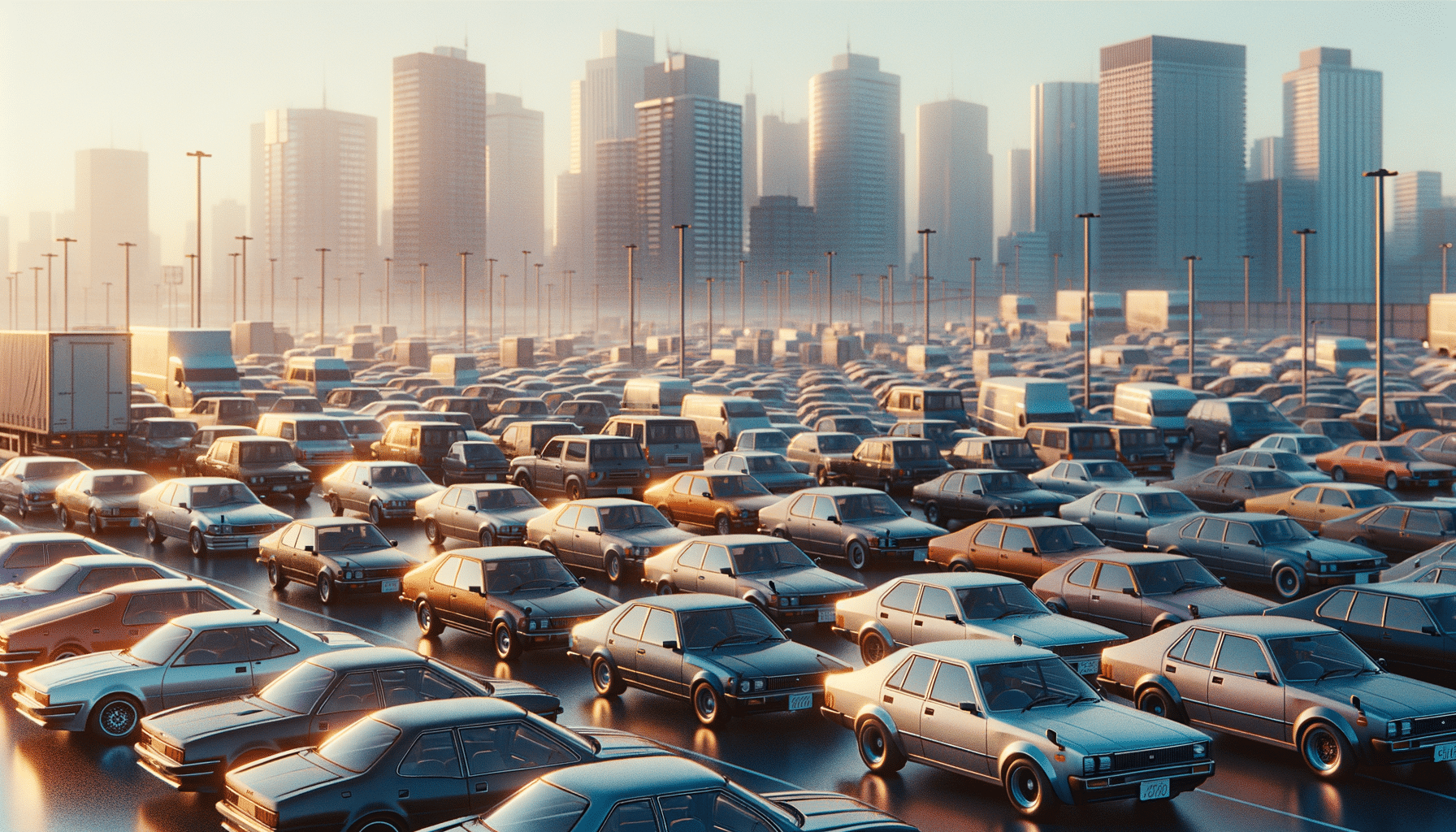
Creating Digital Masterpieces: Tools and Techniques
With the rapid evolution of technology, digital art has become a vibrant canvas for creators worldwide, turning traditional methods on their head and offering new ways to express creativity.
Exploring the Digital Art Landscape
Digital art is not just about replacing canvas with screens. It encompasses a wide range of techniques and tools that enable artists to create stunning works that were unimaginable a few decades ago. According to a survey by Art Basel, the global digital art market saw a growth of 15% last year, illustrating its rising significance in the art world.
The Role of Technology in Digital Art
Technological advancements have played a pivotal role in shaping digital art. Graphic tablets, powerful software, and virtual reality (VR) tools have revolutionized how artists create and interact with their work. Renowned digital artist Mike Winkelmann, also known as Beeple, emphasizes the importance of embracing technology, stating, “Digital tools provide an infinite canvas and unparalleled flexibility.”
Essential Tools for Creating Digital Art
| Tool | Description | Purpose |
|---|---|---|
| Graphic Tablet | Hardware device for drawing | Precise control for digital illustration |
| Photo Editing Software | Software like Photoshop | Image manipulation and enhancement |
| 3D Modeling Software | Tools for creating 3D models | Animation and game design |
| VR Headsets | Virtual reality equipment | Immersive art experiences |
| Digital Brushes | Customizable digital tools | Simulate traditional painting techniques |
| Cloud Storage | Online data storage | Secure file storage and collaboration |
| Animation Software | Tools like Blender | Creating animated sequences |
| Online Portfolios | Websites like Behance | Showcase and share work |
Techniques to Master in Digital Art
Experimentation is key in digital art. Techniques such as layering, masking, and blending can transform a simple idea into a complex masterpiece. For instance, using layers allows artists to work non-destructively, making it easier to refine their work. Additionally, mastering color theory and lighting can significantly enhance the mood and depth of digital pieces.
Actionable Tips for Aspiring Digital Artists
- Start with basic tools and gradually move to advanced software as you gain confidence.
- Join online art communities to seek feedback and learn from peers.
- Regularly update your portfolio to reflect your latest skills and projects.
- Experiment with different styles and techniques to find your unique voice.
Frequently Asked Questions
What is the best way to start learning digital art?
Begin with free software and online tutorials to understand the basics before investing in more advanced tools.
Can digital art be considered ‘real’ art?
Absolutely! Digital art is a legitimate form of art that requires skill, creativity, and technical knowledge.
Do I need expensive equipment to create digital art?
Not necessarily. You can start with basic tools and upgrade as your skills improve.
Conclusion: Embrace the Digital Revolution
Digital art offers a unique blend of creativity and technology, allowing artists to push the boundaries of traditional art. By embracing the tools and techniques available, aspiring digital artists can create breathtaking works that captivate audiences. As you embark on your digital art journey, remember that persistence and continuous learning are your greatest allies. Explore, experiment, and most importantly, enjoy the process of creating your digital masterpieces.


